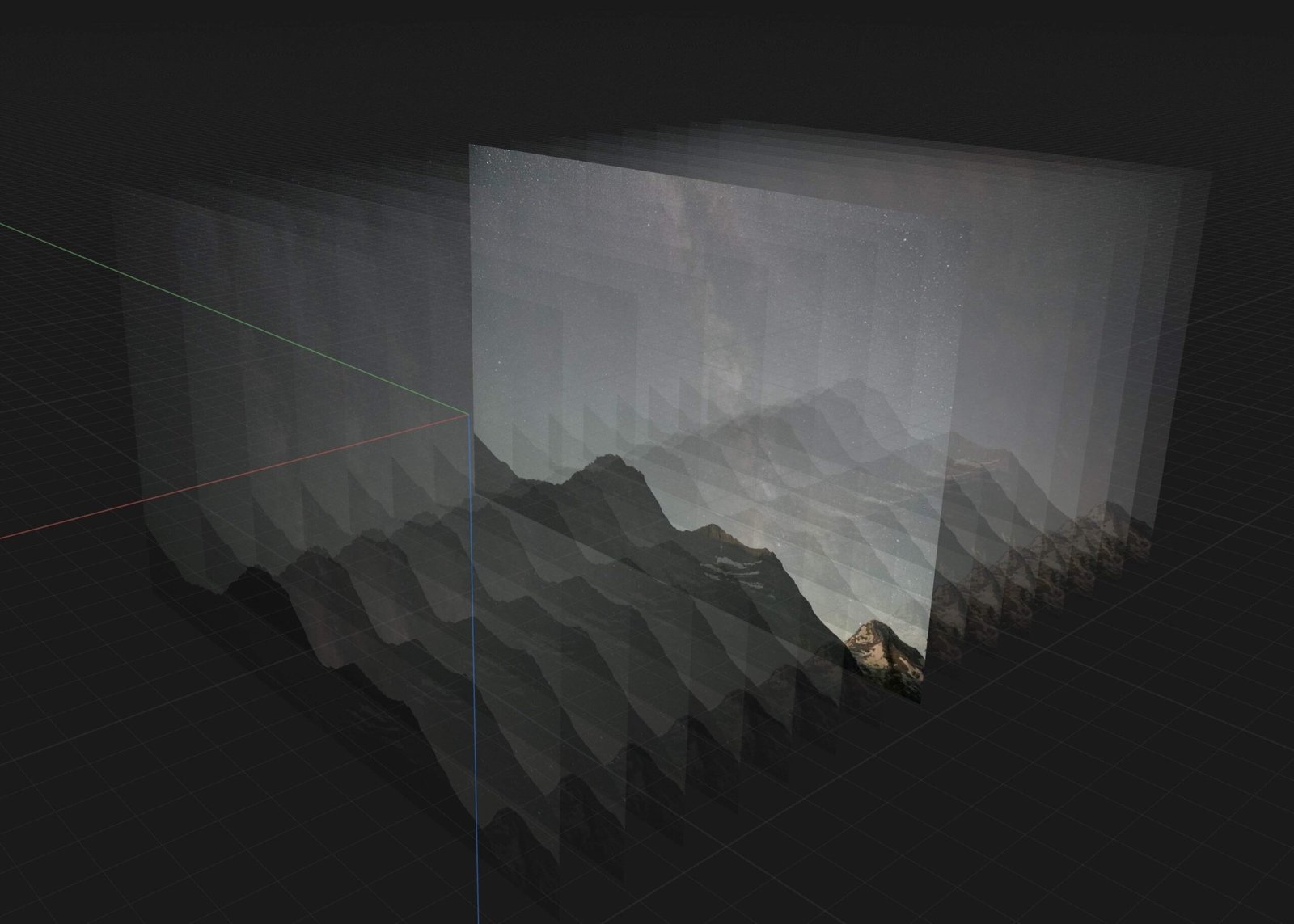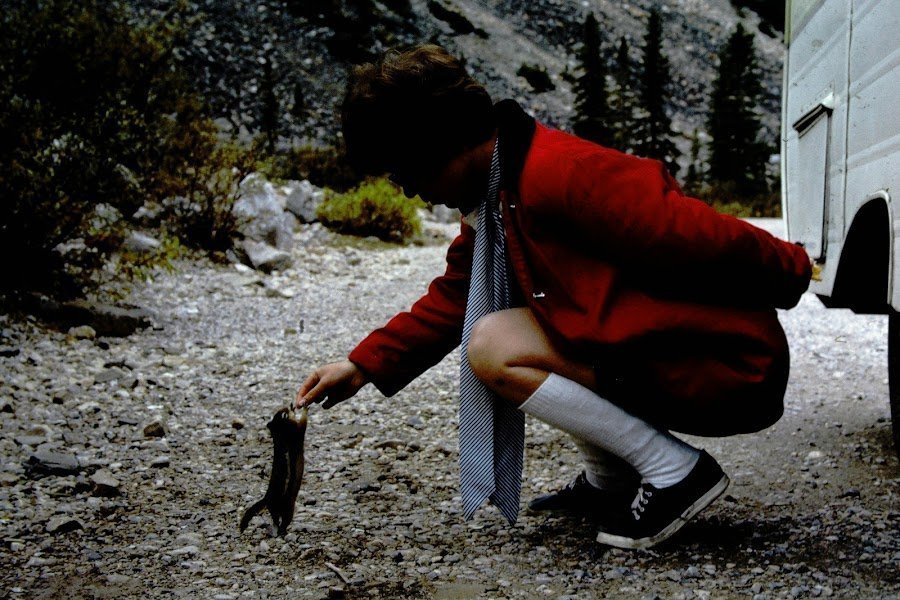Hidden Lake in Glacier National Park sits at an elevation of 6,375 feet (1,943 meters) above sea level. This alpine gem is accessible via a popular hiking trail that starts at Logan Pass, offering breathtaking views of the surrounding mountains and wildlife. The trail to Hidden Lake Overlook gains about 460 to 529 feet in elevation over a 2.6 to 2.7-mile round trip, while the full hike to the lake itself covers 5.2 miles round trip with additional elevation changes.
What is the Exact Elevation of Hidden Lake?

Hidden Lake’s serene waters rest at precisely 6,375 feet (1,943 meters) above sea level. This elevation places it well within the subalpine zone of Glacier National Park, contributing to its unique ecosystem and stunning vistas. The lake’s high-altitude location offers visitors a chance to experience the park’s alpine environment without the need for technical climbing skills.
How Does the Trail’s Elevation Profile Look?

The Hidden Lake Trail presents a varied elevation profile that challenges and rewards hikers:
- Starting Point: Logan Pass Visitor Center at 6,646 feet (2,026 meters)
- Hidden Lake Overlook: Approximately 7,152 feet (2,180 meters)
- Hidden Lake Shore: 6,375 feet (1,943 meters)
The trail’s elevation changes can be broken down as follows:
- Trailhead to Overlook: 460-529 feet gain
- Overlook to Lake: 795 feet descent
- Total Elevation Change: Approximately 1,255-1,324 feet (round trip)
This elevation profile creates a moderately challenging hike that offers spectacular views as a reward for the effort.
What Are the Challenges of Hiking at This Elevation?
Hiking at the elevation of Hidden Lake in Glacier National Park presents several challenges:
- Thinner Air: At over 6,000 feet, the air is noticeably thinner, which can lead to:
- Shortness of breath
- Increased heart rate
-
Fatigue
-
Weather Variability: High-altitude weather can change rapidly, bringing:
- Sudden temperature drops
- Unexpected storms
-
Strong winds
-
Sun Exposure: UV radiation is more intense at higher elevations, increasing the risk of:
- Sunburn
- Dehydration
-
Heat exhaustion
-
Trail Conditions: The alpine environment can lead to:
- Snow and ice on the trail (even in summer)
- Loose gravel and rocky sections
- Steep inclines and declines
To mitigate these challenges, hikers should:
- Acclimatize to the elevation before attempting strenuous hikes
- Stay hydrated and drink plenty of water
- Use sun protection (sunscreen, hat, sunglasses)
- Wear appropriate footwear and bring trekking poles
- Pack layers of clothing to adapt to changing weather
How Does Elevation Affect the Ecosystem Around Hidden Lake?
The elevation of Hidden Lake significantly influences the surrounding ecosystem:
- Flora:
- Subalpine fir and whitebark pine trees
- Alpine meadows with wildflowers (beargrass, Indian paintbrush, glacier lilies)
-
Stunted vegetation due to harsh conditions
-
Fauna:
- Mountain goats and bighorn sheep adapted to high altitudes
- Marmots and pikas in rocky areas
-
Golden eagles and other high-altitude birds
-
Climate:
- Short growing season (typically 6-8 weeks)
- Long, harsh winters with heavy snowfall
- Cool summers with potential for frost any month of the year
The elevation creates a unique and fragile ecosystem that requires careful conservation efforts to protect.
What Are the Best Times to Visit Based on Elevation Conditions?
The elevation of Hidden Lake influences the best times to visit:
| Season | Conditions | Accessibility |
|---|---|---|
| Summer (July-August) | – Peak hiking season – Wildflowers in bloom – Warmest temperatures |
Excellent |
| Fall (September-October) | – Cooler temperatures – Fall colors – Less crowded |
Good, but watch for early snow |
| Winter (November-May) | – Heavy snowfall – Extreme cold – Limited visibility |
Very limited, expert-level only |
| Spring (June) | – Snowmelt begins – Unpredictable weather – Potential for avalanches |
Limited, check trail conditions |
The best time to visit for most hikers is mid-July through September when the trail is typically snow-free and weather conditions are most favorable.
How Does the Elevation Compare to Other Features in Glacier National Park?
To put the elevation of Hidden Lake in context, let’s compare it to other notable features in Glacier National Park:
- Logan Pass (Trailhead): 6,646 feet (2,026 meters)
-
271 feet higher than Hidden Lake
-
Mount Cleveland (Highest Point in the Park): 10,466 feet (3,190 meters)
-
4,091 feet higher than Hidden Lake
-
Lake McDonald (Largest Lake in the Park): 3,153 feet (961 meters)
-
3,222 feet lower than Hidden Lake
-
Going-to-the-Sun Road (Highest Point): 6,646 feet (2,026 meters)
-
Same elevation as Logan Pass, 271 feet higher than Hidden Lake
-
Many Glacier Hotel: 4,877 feet (1,487 meters)
- 1,498 feet lower than Hidden Lake
This comparison illustrates that Hidden Lake sits at a relatively high elevation within the park, offering visitors a true alpine experience without requiring technical mountaineering skills.
What Safety Precautions Should Be Taken Due to the Elevation?
Given the elevation of Hidden Lake and its trail, several safety precautions are essential:
- Altitude Sickness Awareness:
- Recognize symptoms: headache, dizziness, nausea
-
Descend if symptoms persist or worsen
-
Weather Preparedness:
- Check forecasts before hiking
-
Bring appropriate gear for sudden weather changes
-
Navigation:
- Carry a map and compass
-
Be aware that GPS devices may have limited reception
-
Wildlife Safety:
- Maintain safe distances from animals
-
Carry bear spray and know how to use it
-
Physical Preparation:
- Start with easier hikes to acclimatize
-
Stay hydrated and snack regularly
-
Emergency Planning:
- Inform someone of your hiking plans
- Carry a first-aid kit and emergency shelter
By taking these precautions, hikers can safely enjoy the stunning views and unique ecosystem that the elevation of Hidden Lake provides.
How Has the Elevation of Hidden Lake Changed Over Time?
The elevation of Hidden Lake itself has remained relatively stable over human timescales, but the surrounding landscape has been shaped by glacial activity:
- Glacial Formation:
- Hidden Lake was carved by glaciers during the last ice age
-
The basin was deepened and widened as glaciers retreated
-
Recent Changes:
- Climate change is affecting the park’s glaciers
-
Nearby glaciers have receded significantly in the past century
-
Future Projections:
- Continued warming may lead to further glacial retreat
- This could potentially affect water levels in Hidden Lake
While the absolute elevation of Hidden Lake remains constant, the changing landscape around it serves as a visible indicator of climate change impacts in high-elevation environments.
In conclusion, the elevation of Hidden Lake in Glacier National Park plays a crucial role in shaping its ecosystem, accessibility, and visitor experience. At 6,375 feet above sea level, it offers a unique alpine environment that rewards hikers with breathtaking views and diverse wildlife encounters. Understanding the challenges and characteristics associated with this elevation enhances both the safety and appreciation of this natural wonder.
References:
1. https://www.alltrails.com/trail/us/montana/hidden-lake-trail
2. https://hikingwalking.com/index.php/destinations/mt/mt_glacier/west_glacier/hidden_overlook/hidden_overlook_detail
3. https://www.utahsadventurefamily.com/hidden-lake-overlook/
4. https://www.nps.gov/glac/planyourvisit/hikingthetrails.htm
5. https://www.nps.gov/glac/learn/nature/glaciers.htm